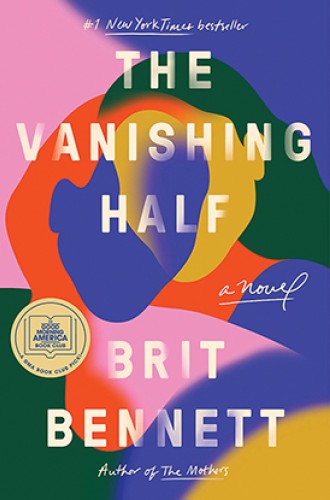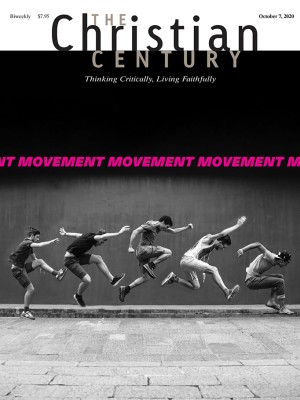Are we trapped by the way others see us?
Brit Bennett’s novel explores racial passing, gender transition, and family trauma.
During a recent vacation, I picked up The Vanishing Half and started reading. I couldn’t put the book down. When I told my family what was happening inside the literary world Brit Bennett creates, my ten-year-old daughter decided that she wanted to read it, too. There are many reasons this novel isn’t for children. But I promised I’d save it for her to read when she gets older—and I will. It’s that riveting.
Bennett paints a realistic picture of some of the harrowing circumstances African Americans have had to overcome. Stella and Desiree are identical twins who grow up in an all-Black town in Louisiana in the mid-20th century. Louisiana, my native state, has long been known for producing a large number of light-skinned Black people—those who’ve inherited the melanin levels of their White slaveholding ancestors.
Read our latest issue or browse back issues.
In the town of Mallard, where Desiree and Stella live, all of the residents are light-skinned Black people. After being freed from slavery and inheriting his White father’s land, the town’s founder (who was the twins’ great-great-great-grandfather) had “married a mulatto even lighter than himself. She was pregnant then with their first child, and he imagined his children’s children’s children, lighter still, like a cup of coffee steadily diluted with cream. A more perfect Negro. Each generation lighter than the one before.”
But if you’re Black, no matter how light your skin, you’ll always still be considered Black. That is, unless you desire to walk on the side of life where privilege prevails—and you’re able to “pass.” Passing as White means you don’t get followed around just because of your presumed race. It means your work choices are not limited to cooking and cleaning for White people—one step removed from slavery.
So one of the twins does just that. When Stella moves to a new town and her fair skin is mistaken for white, she realizes she can get a job in an office instead of cleaning or doing laundry. So she decides to pass. She develops a new life as a White woman, marries, and has a daughter.
But she does so at a great cost. She relinquishes all ties to her family, including Desiree and their mother. She tries to forget the trauma of the racially motivated tragedy that killed her father when she was young—a death that continues to haunt the family.
Meanwhile, the sister who is left behind wonders what has happened to her other half. Desiree eventually moves on with her life, marrying an abusive man who is much darker than she is and giving birth to a daughter.
Both women endure the hardships of life—but from very different vantage points. Early in the book, we follow Desiree’s return home to Mallard with her young daughter, Jude, who has her father’s complexion. Jude’s dark skin causes its own set of problems, which gives readers a glimpse into the age-old and complex issue of skin color in African American culture. One townsman greets Desiree with this thought: “Marrying a dark man and dragging his blueblack child all over town was one step too far.”
Jude eventually grows up and moves to the West Coast, allowing her to escape the town’s stigma. Her move creates a new story line centered around the friends she meets—one of whom is in gender transition. This subplot is a great foil to the plot’s theme of racial passing: both raise questions about appearances and identity, and the two story lines are equally fascinating.
As Jude grows into adulthood, she frequently imagines her mother’s lost twin: “Stella pausing on the sidewalk, admiring a purse through a shop window. Stella on the bus, hanging on to the vinyl strap—no, Stella in a smooth black limousine, hiding behind the tinted glass. Stella everywhere, always, and nowhere at the same time.”
There’s so much in this well-written novel that draws readers into the travails of its characters. Stella wonders about the authenticity of her own life as she watches her daughter struggle in college:
Her daughter felt like a stranger, and maybe, if she was still in Mallard, she would be amused by all the ways they were different. . . . But here in this world, her daughter felt like a stranger and it terrified her. If her daughter didn’t feel like she was really hers, then nothing about her life was real.
The main lesson is this: living as a Black woman and living as a White woman each brings about its own set of triumphs and troubles, many of which are spawned from family conflicts, cultural norms, and unresolved trauma.
Bennett’s second novel is more than a riveting story. I will be adding it to my daughter’s future literary collection in the hope that it will remind her how far we have come as a people and how critical it is to live authentically.







